Coffee Brewing Guide
There may not be as many Coffee Makers as there are Coffees, but there are indeed plenty around for you to choose from! Ultimately, it all depends on the desired cup of coffee, the desired type of coffee, as to which Coffee Maker you decide on.
Coffee Makers can vary from basic to borderline futuristic. Some traditionalists may object to many new inventions flooding the market, while others welcome the change. It all bores down to individual taste, as is the case with coffee as a whole.
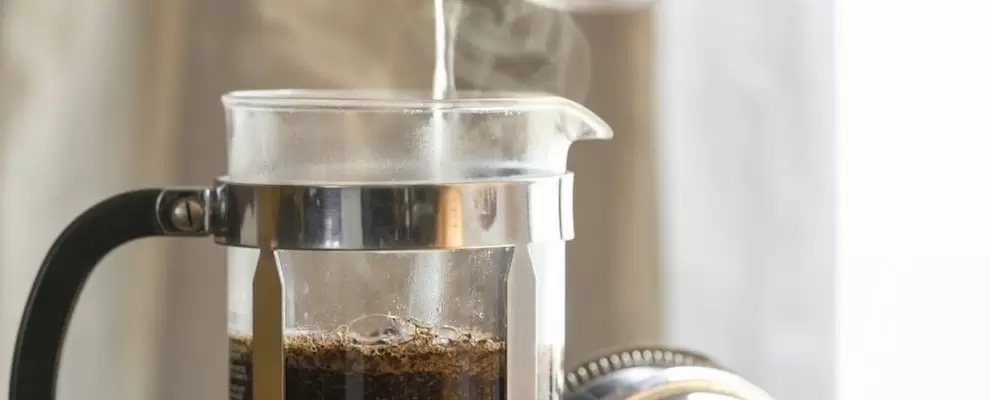
How to Make Coffee with a Cafetiere
One of the most common methods of brewing coffee is through the use of a Cafetiere, which brews coarsely-ground coffee without exposing it to either pressure or the boiling process. It requires more patience than other methods, as the coffee infuses gradually in hot water, though this offers greater control over the final taste.
To use a Cafetiere, one must remove the lid and plunger and preheat the device by filling it with boiling water. Providing the beans are pre-ground, the water can then be removed, and the required amount of coffee added to the base of the Cafetiere.
Water is then replaced, preferably a fresh batch at temperatures just below the boiling point, followed by the lid and plunger, allowing the coffee to infuse for approximately 4 minutes. Once 4 minutes has elapsed, the plunger can be pushed down to separate the grounds from the brewed coffee. Be sure not to compact the coffee at the bottom, as this will release a bitter taste.
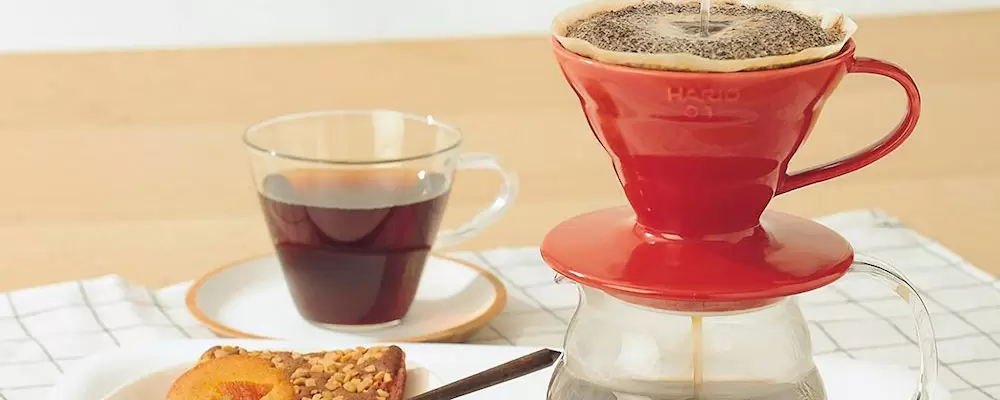
How to Make Coffee with a Filter/Drip Machine
Having a Filter/Drip Machine at home is fast becoming a trendy choice, arguably more so than a Cafetiere, and especially after a temporary slump in sales following the boom of the Espresso-orientated Cafe culture of the 1990’s. But now, Filter/Drip Machines are back, and they are here to stay!
Melitta Bentz invented the concept of Filter Coffee in Germany in 1908, coming up with the idea of using a piece of her son’s blotting paper to strain Coffee. Today, these machines are easy-to-use and likewise produce great-tasting coffees.
First, one must warm the Coffee pot for a few minutes by filling it with hot water. Then, depending on personal tastes and/or manufacturer’s recommendations, it is advised to use 7-8 grams (about a tablespoon) of Ground Medium-Fine Coffee for about every 100-150 millilitres of water. This water is added to the machine itself, which quite literally filters through the coffee and into a carafe.
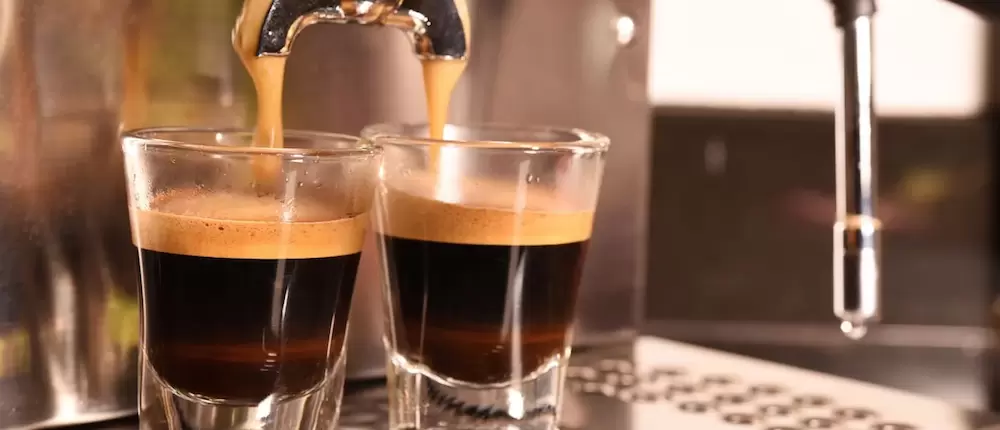
How to Make an Espresso Coffee
While a much-loved household item in today’s society, Espresso Machines have existed since 1884, built and patented by Angelo Moriondo of Turin, Italy. They are especially prevalent in the United States, where in Seattle, Washington State, one can hardly walk down the street without seeing Espresso Machines in bookshops, supermarkets, cinemas, petrol stations and, believe it or not, laundromats! But they are also becoming popular here in the UK.
A typical shot of Espresso is made by forcing about 1.5 ounces (approx 42 grams) of hot water through tightly packed, finely ground (i.e. Ground Espresso Fine) Coffee. It produces a dark brown, slightly thick liquid with a small amount of crema (a form, similar to the head of a beer) on top. Many types of espresso drinks are made using an Espresso Machine, including Cappuccinos and Lattes. But how does it work?
With a good-quality Espresso Machine, it is all about the pressure. The device quite literally brews Coffee by forcing pressurised, near-boiling water through the Ground Espresso Fine Coffee and a filter, which in turn creates the iconic beverage. Espresso Machines may be pump-driven, air-pump-driven, piston-driven, or steam-driven.
Machines may also be automatic or manual, meaning it depends on the type of Espresso Machine bought as to how the Coffee is made with it. Espresso Machines can differ substantially, so be sure to check the instructions and read them thoroughly! It could be the maker or the breaker for your choice-brew!
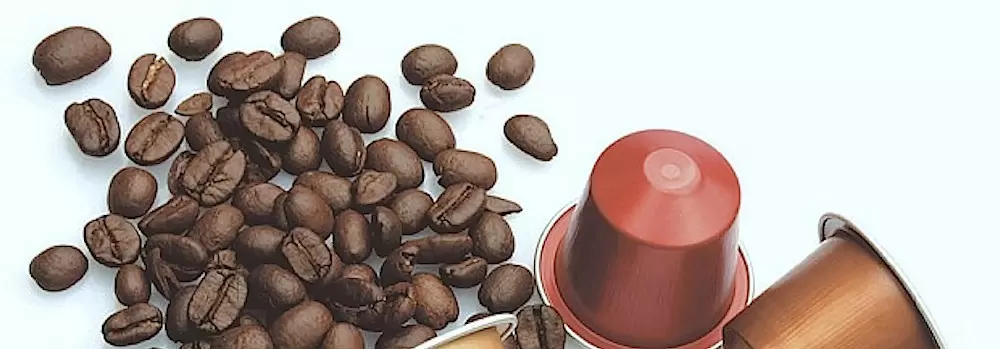
How to Make Coffee with Coffee Pods
A brew made from a Pod, which is, in turn, created through a specially-designed machine, is the equivalent of using a Tea Bag: a pre-portioned serving of Coffee, wrapped in a paper filter, and ready for use. It is almost as easy as instant Coffee but tastes much better.
First, one must load water into the tank at the back of the machine. A pump at the bottom then sucks the water in and pumps it through the heating mechanism, which then passes through a narrow needle to increase its pressure. The hot, high-pressure water finally pumps through the ground Coffee in the pod, releasing the flavour. It’s as simple as that.
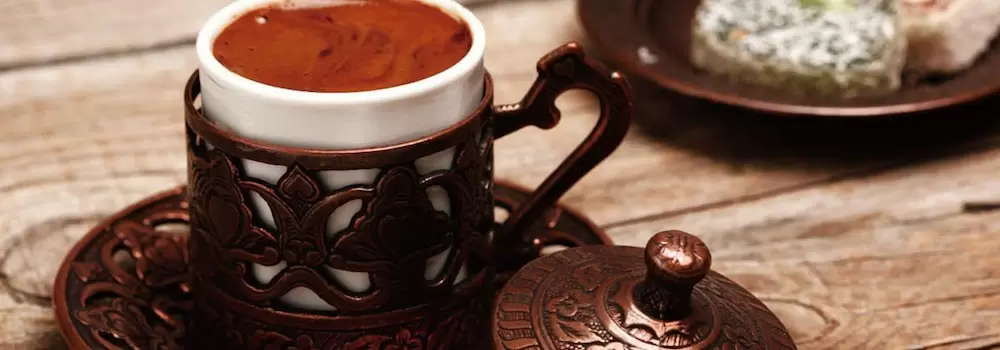
How to Make Greek and Turkish Coffee
For fans of Greek and Turkish Coffee, a Jeswah or Briki is required to embrace age-old traditions, as well as great-tasting beverages.
A Greek Coffee is similar to a Turkish Coffee, in that they are both made using unfiltered Coffee Grounds. It must be said, however, that they are not so similar that a Greek cannot tell when he has been served a Turkish Coffee, so be careful and brew accordingly!
A Briki (pronounced “Bree-Kee”) is a traditional type of Coffee pot, usually in the shape of an hourglass or cauldron with a long handle. To make a Coffee in a Briki, one must put the desired amount of Coffee in the device, followed by the desired amount of water, and then brew it over a gas stove or open fire.
Then comes the question: sugar or no sugar? An unsweetened Coffee, therefore a Coffee without sugar, is called in Greek “Sketos” (“skeh-tohss”), while a sweet Coffee, one with 2 or more teaspoons of sugar, is called “Glykos” (“ghlee-kohss”).
It will come as no surprise that there are many other machines and devices used around the world when making the perfect cup of Coffee. Your duty to yourself is finding the one you like the most!

 Loose Leaf Tea
Loose Leaf Tea Pyramids
Pyramids Tea Bags
Tea Bags Africa
Africa Assam
Assam Ceylon
Ceylon Chinese
Chinese Darjeeling
Darjeeling European
European Indian
Indian Japan
Japan Nepal
Nepal South East Asia
South East Asia Ayurveda Tea
Ayurveda Tea Black Tea
Black Tea Chai Tea
Chai Tea Flowering Tea
Flowering Tea Fruit Tisanes
Fruit Tisanes Green Tea
Green Tea Herbal Tea
Herbal Tea Matcha Tea
Matcha Tea Oolong Tea
Oolong Tea Organic Tea
Organic Tea Pu erh Tea
Pu erh Tea Rooibos Tea
Rooibos Tea White Tea
White Tea Asian Coffee
Asian Coffee Caribbean Coffee
Caribbean Coffee Central American Coffee
Central American Coffee South American Coffee
South American Coffee Coffee Blends
Coffee Blends Decaffeinated Coffee
Decaffeinated Coffee Espresso Coffee
Espresso Coffee Ethically Sourced Coffee
Ethically Sourced Coffee Flavoured Coffee
Flavoured Coffee Organic Coffee
Organic Coffee Single Origin Coffee
Single Origin Coffee Chocolate 1
Chocolate 1 Chocolate 2
Chocolate 2 Chocolate 3
Chocolate 3 Chocolate 4
Chocolate 4 Chocolate 5
Chocolate 5 Chocolate 6
Chocolate 6 Chocolate 7
Chocolate 7 Chocolate 8
Chocolate 8 Chocolate 9
Chocolate 9 Loose Tea Filters
Loose Tea Filters Tea Accessories
Tea Accessories Tea Bricks
Tea Bricks Tea Caddies
Tea Caddies Tea Caddy Spoons
Tea Caddy Spoons Tea Gift Ideas
Tea Gift Ideas Tea Infusers
Tea Infusers Tea Strainers
Tea Strainers